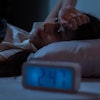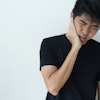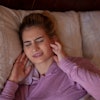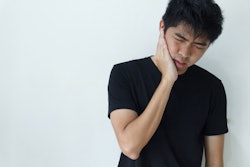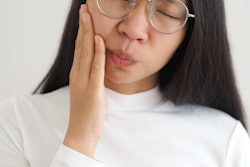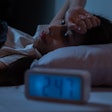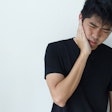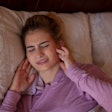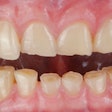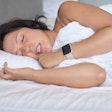
Bruxism affects the masseter muscle differently by gender, suggesting the importance of a gender-specific approach in assessing bruxism's impact on this muscle. The study was published in the American Journal of Orthodontics and Dentofacial Orthopedics.
Furthermore, bruxism pain was reported more frequently in women. However, a larger masseter muscle cross-sectional area (CSA) was linked to bruxism only in men, they wrote.
"Although a higher prevalence of bruxism was reported by women, the larger CSA of the masseter muscle was significantly higher in bruxing men but not in women," wrote the authors, led by Jason Scheibel of the University Medicine Greifswald in Germany (Am J Orthod Dentofacial Orthop, October 25, 2024).
This study analyzed 720 individuals ranging in age from 30 to 89 from the Study of Health in Pomerania, which examines common diseases and their risk factors in Northeastern Germany. Each participant received a whole-body magnetic resonance imaging (MRI) scan and a complete oral exam, they wrote.
Masseter muscle CSAs were measured from MRI images, and information on grinding, clenching, unilateral chewing, and other parafunctional habits was collected via dental interview. Linear and ordinal logistic regression models assessed the associations between masseter CSA, bruxism, and gender.
Significant gender differences were found in the mean CSA of the masseter muscle (p < 0.001), with men averaging 4.68 ± 0.98 cm² and women 3.56 ± 0.77 cm², though there was some overlap. Women reported more frequent teeth clenching and maximum clenching/grinding, as well as higher rates of muscle or joint pain (11% and 3.3% in women versus 7.6% and 0.9% in men during palpation), according to the results.
Additionally, linear regression showed that in men, not women, larger masseter thickness correlated with bruxism frequency, specifically in high-frequency bruxers. This association held after adjusting for age, education, teeth count, pain, height, and arthritis. The joint model for mean masseter thickness and gender-bruxism interaction was also significant (p = 0.024), confirming this trend in men.
The study, however, had limitations. The long MRI scan time prevented scanning participants in multiple jaw positions. While participants were asked to relax their muscles, this restricts comparability with studies measuring muscles in various jaw positions, the authors wrote.
"Notwithstanding that a higher prevalence of bruxism was reported by women, the larger CSA of the masseter muscle was significantly higher in bruxing men, with almost no CSA differences in relation to bruxism to be found in women," they concluded.

